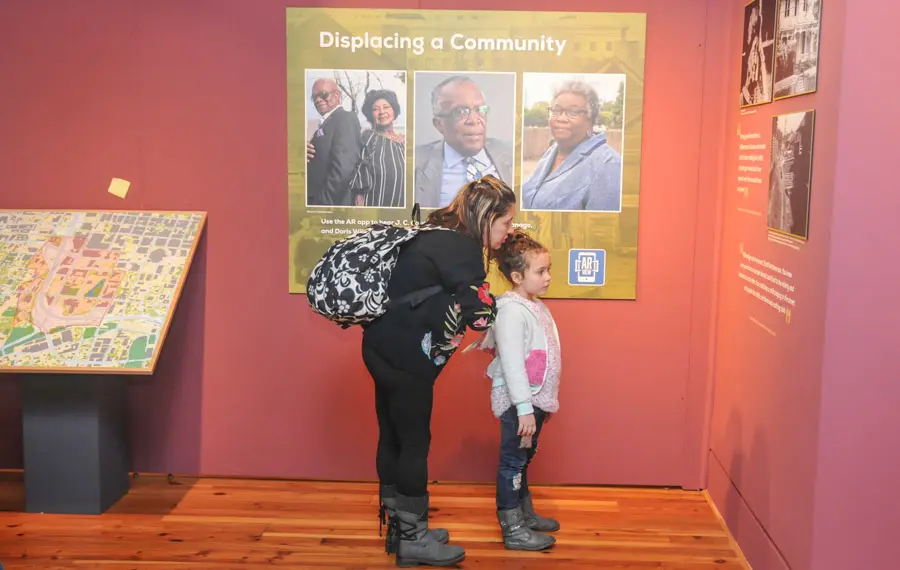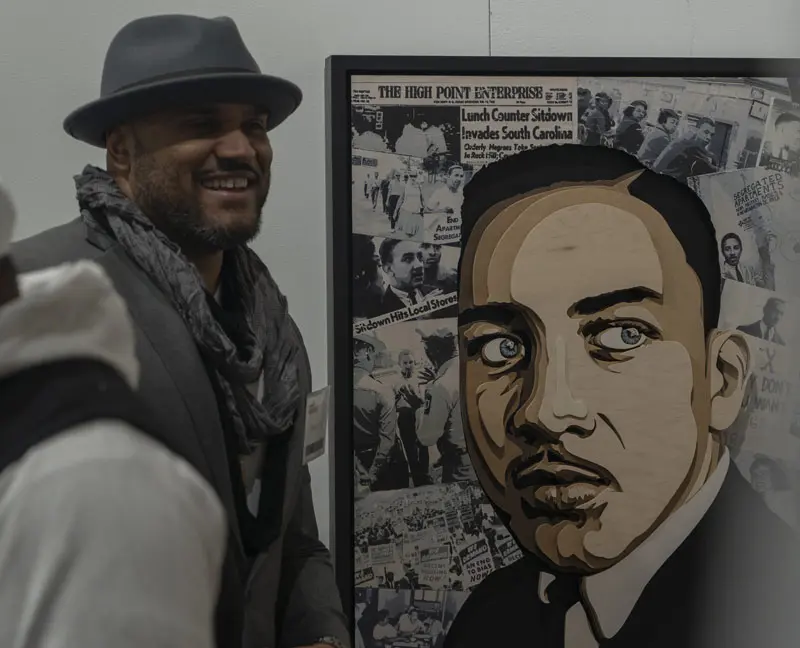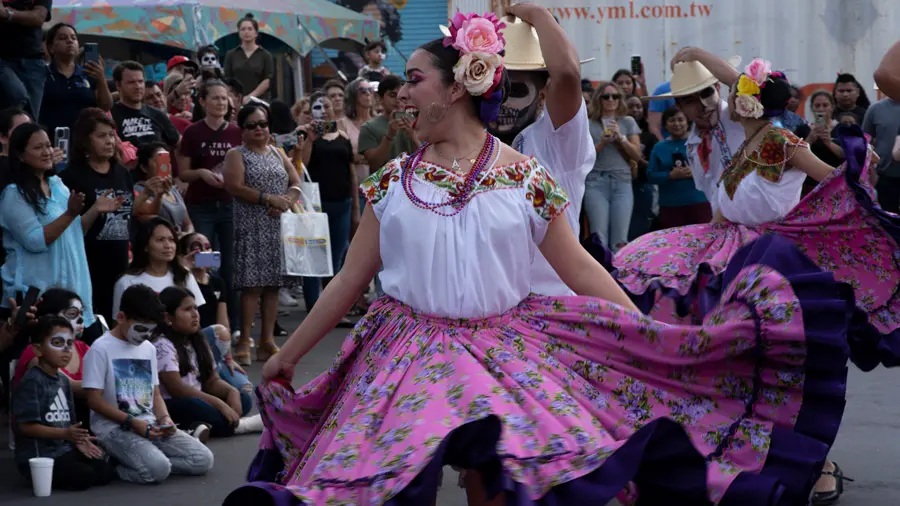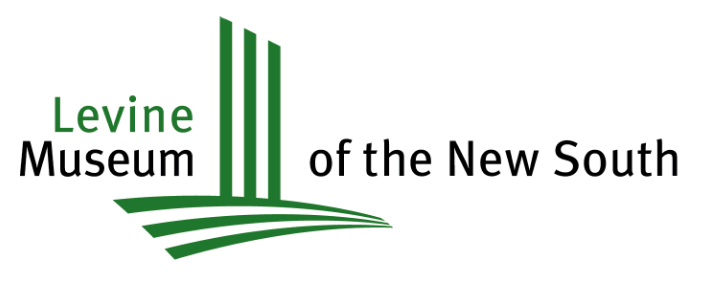
Who We Are
Where we started and where we are headed
Over thirty years ago, Levine Museum of the New South was founded as a history museum that would tell everyone’s story – a radical idea at the time and a radical idea still. We were founded as a place that would use exhibitions and programs to confront some of the most difficult issues facing us today in the historical context that deepens understanding, fosters empathy, and inspires action toward a better future.
Long before the practice was commonplace, Levine Museum created exhibitions and programs with, for, and about the diverse communities we serve. Levine Museum redefined the role of the history museum in community.
Our exhibitions and public programs welcome all participants to engage deeply with the diversity of our region’s communities through stories of the past that encourage productive dialogue and deepen understanding of critical contemporary issues.
We celebrate history and culture through annual Family Days that honor Dia de Muertos, Three Kings Day, Martin Luther King Day, Juneteenth, and HERstory. Free to the public, these festivals invite thousands of local families to dance, sing, create, eat, and learn about Charlotte’s diverse community.

Levine Museum builds a stronger, more equitable community by connecting people to Charlotte and to each other through history, culture, and celebration.
Our exhibitions and programs foster empathy, ignite dialogue, and inspire action.
Beyond our walls, we are building on the Museum’s legacy of respect for history, for inclusion, for diversity, and for innovation. Digital technologies enable us to extend our reach through online programs that bring critical conversations to audiences nationwide. Digital experiences bring field trip experiences to students who cannot come to visit. And app-based experiences enable us to animate history in the places where history happened, bringing the Museum to the community.
Levine Museum connects us to this place and to each other through stories, dialogue, and celebration, as we seek to build a stronger, more equitable, more just community.
This year has been filled with excitement! Check out the highlights in our 2023-2024 Impact Report.
We hope to see you soon!

our mission
WE CONNECT THE PAST TO THE FUTURE TO REALIZE THE PROMISE OF A NEW SOUTH.
Our History


